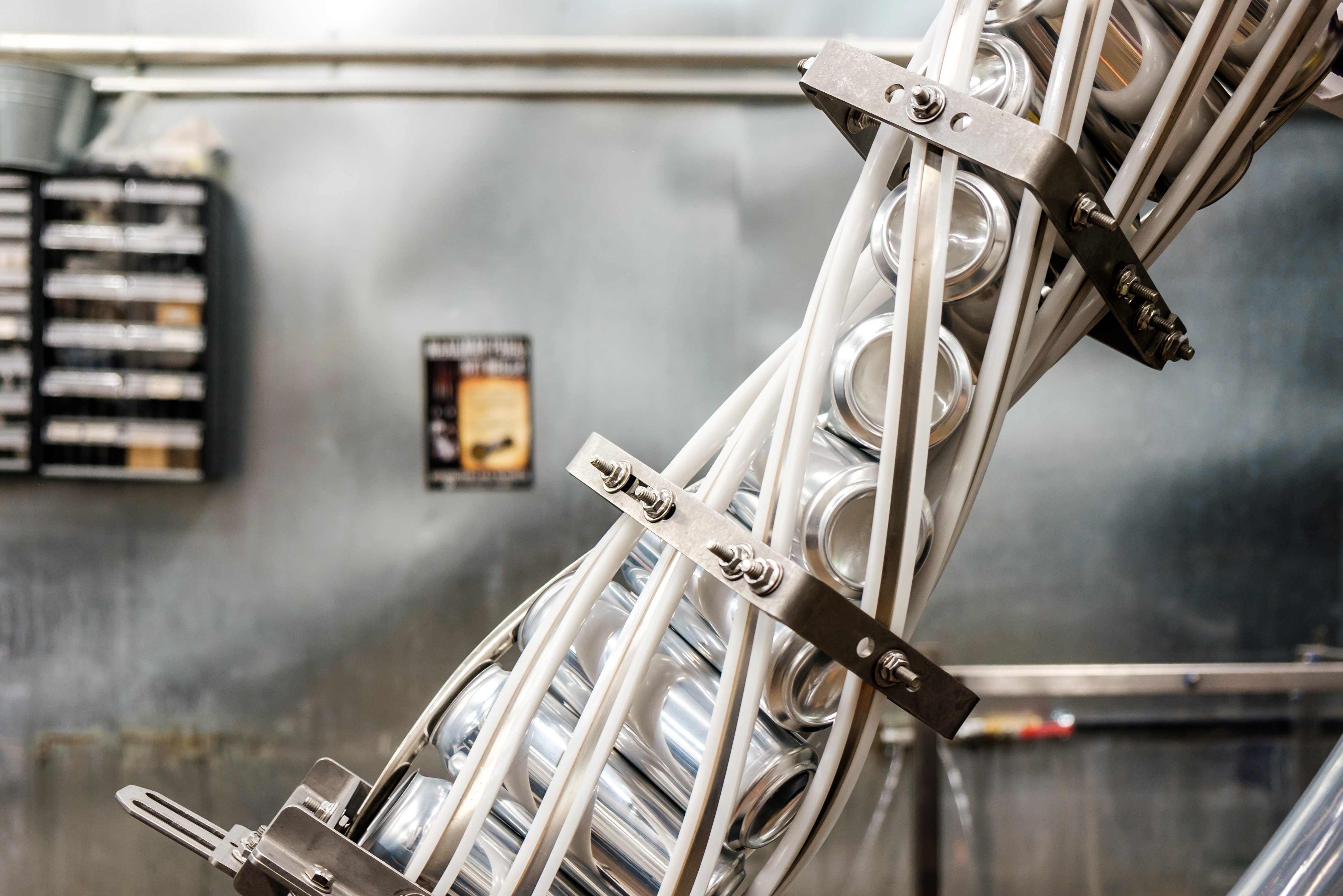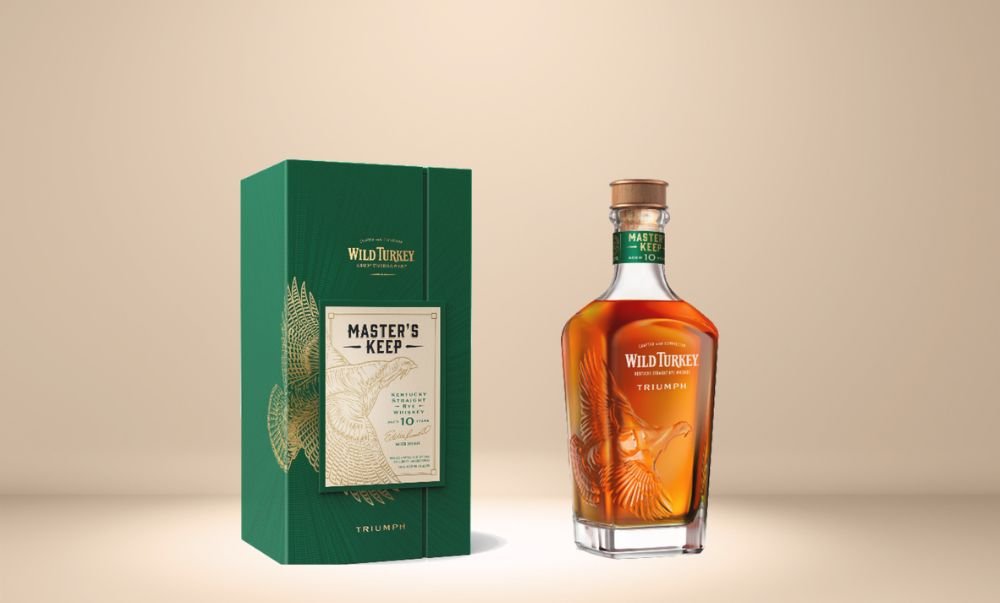India has released its first ever wine report - Indian Wine Insider 2017 - and it holds fascinating insights for Australian winemakers.
The report - spearheaded by Sonal Holland MW, Founder & Director of India Wine Insider - notes there are 485 million people above legal drinking age of 25 years in India.
Holland, who is India’s highest qualified wine professional and its first and only Master of Wine, notes the country is emerging as an important wine market. While penetration of wine is low: 2-3 million consumers consume total 24 million litres, alcohol sales are rising, with wine (12%) is growing faster than spirits (7%) and beer (10%).
Consumers’ interest in wine is growing significantly; there is rapid urbanisation, exposure to western lifestyles and rising disposable incomes. The majority of respondents have gifted wine at least once, suggesting a growing opportunity for gifting wines.
Australian wine ranked number three - behind India and France - for awareness and consumption among the respondents. Unfortunately, its growth in the market has slowed in recent years rather than accelerated.
In 2014, Australia exported approximately 1 million litres of wine to India valued at $A3.7million. While this was a relatively small component of Australia’s total exports, it was an increase of 27% by volume and 24% by value year-on-year. This placed the Indian market 13th in absolute value growth and 16th in absolute volume growth.
In 2015, Stuart Barclay, Wine Australia’s general manager of market development noted: “While the market may be small today and not the easiest to export to (the current tariffs are among the highest in the world at 150%) the growth we’re seeing in our exports to India is an indicator of how quickly the market is developing and as a result of ABWI, Wine Australia will be exploring new opportunities to show local consumers the depth and breadth of Australian wine.”
However, according to Wine Australia India dropped to 30th in export value terms for Australian winemakers in 2016. Exports were down 9% by volume and 13% by value.
Meanwhile, Holland's report found consumers view international wines more favourably over domestic wines. Despite being expensive, they are perceived superior to Indian wines in terms of quality, packaging and as gifting options. The only association where Indian wines were rated over international wines was that they offer ‘value for money.’
Delhi had the highest consumption of international wines over domestic wines coupled with a higher spend on wines. Bangalore and Pune were pinpointed as vibrant, emerging wine markets. Consumers in these two cities show equal preference for both domestic and international wines across a range of styles, regions and varieties, coupled with the willingness to pay higher prices.
Female buyers were also seen as a growing and important segment, buying just as much wine as men and spending marginally more on it. Indian women looked at wine as a classy, empowering, healthy beverage and experienced fewer cultural inhibitions when drinking wine in the company of their family members.
The 25-34 year age group showed a strong preference for imported wines over Indian wines. They drink wines to appear classy, sophisticated and intelligent. Their positive attitude towards wine and the aspiration to drink better quality wines positions them as tomorrow’s leading consuming group.
Share the content










